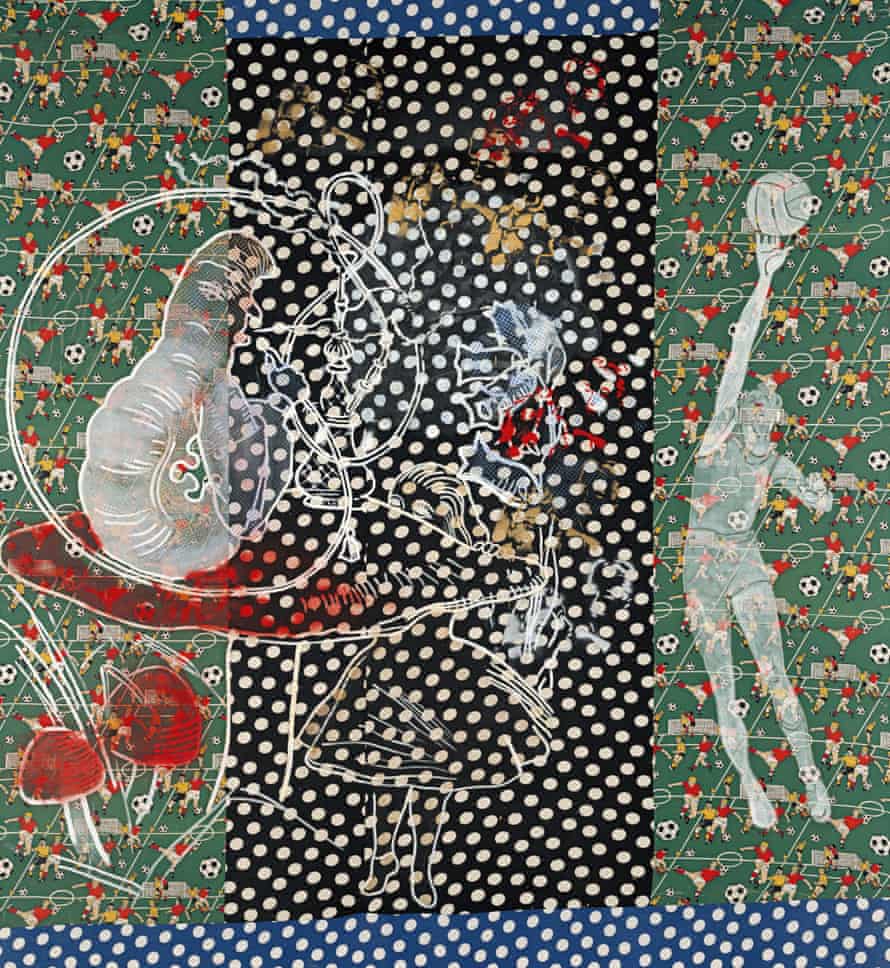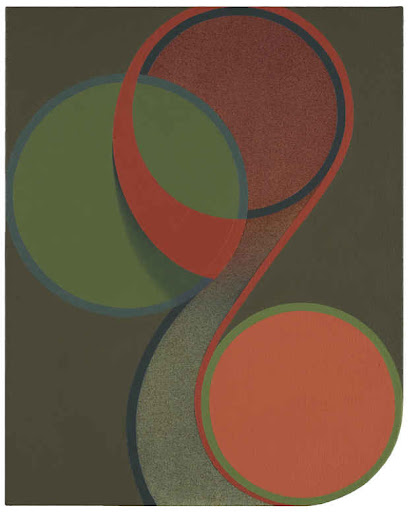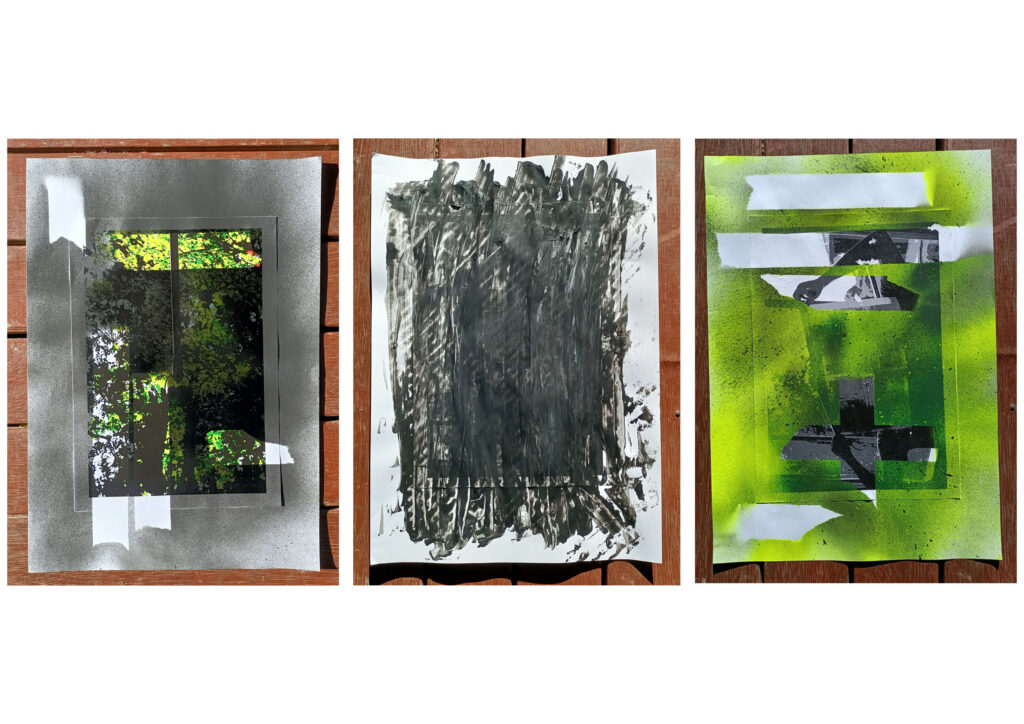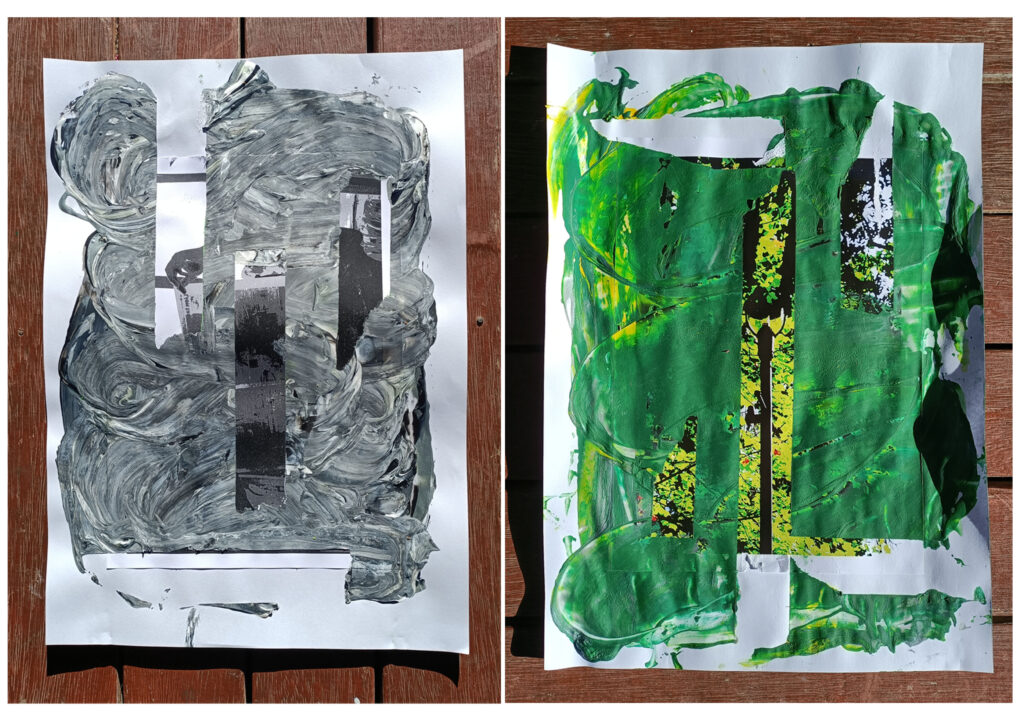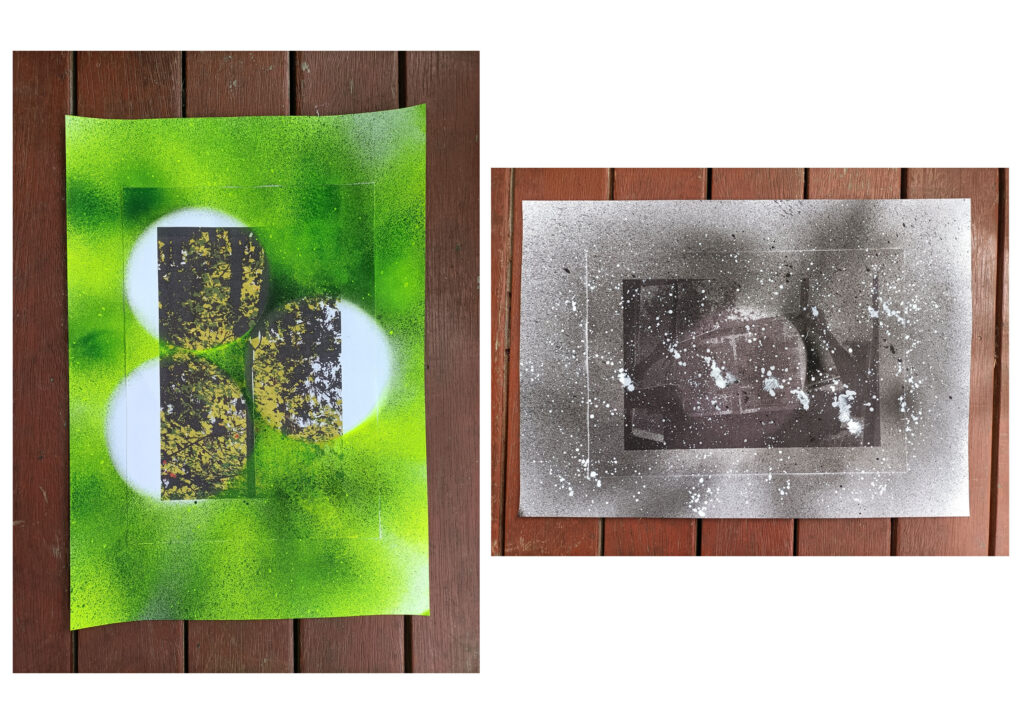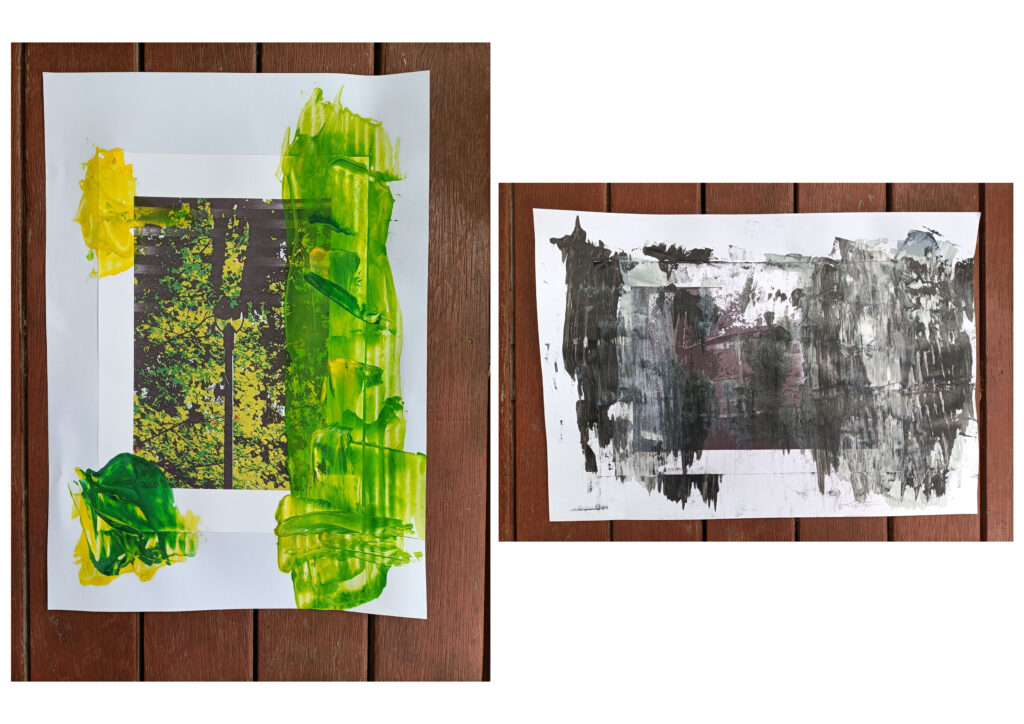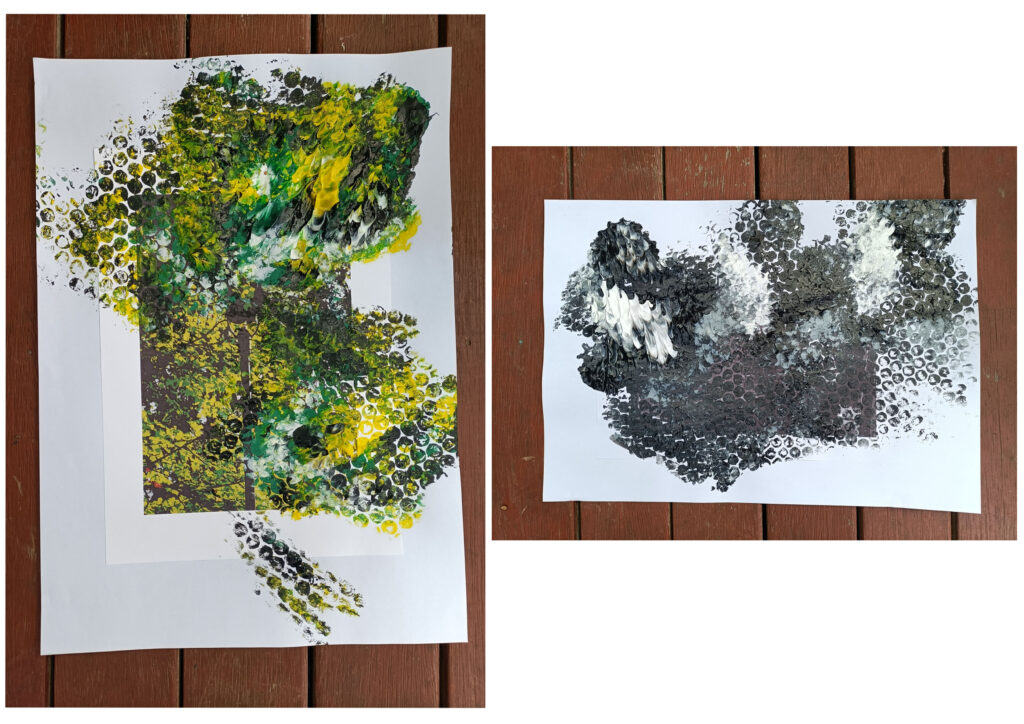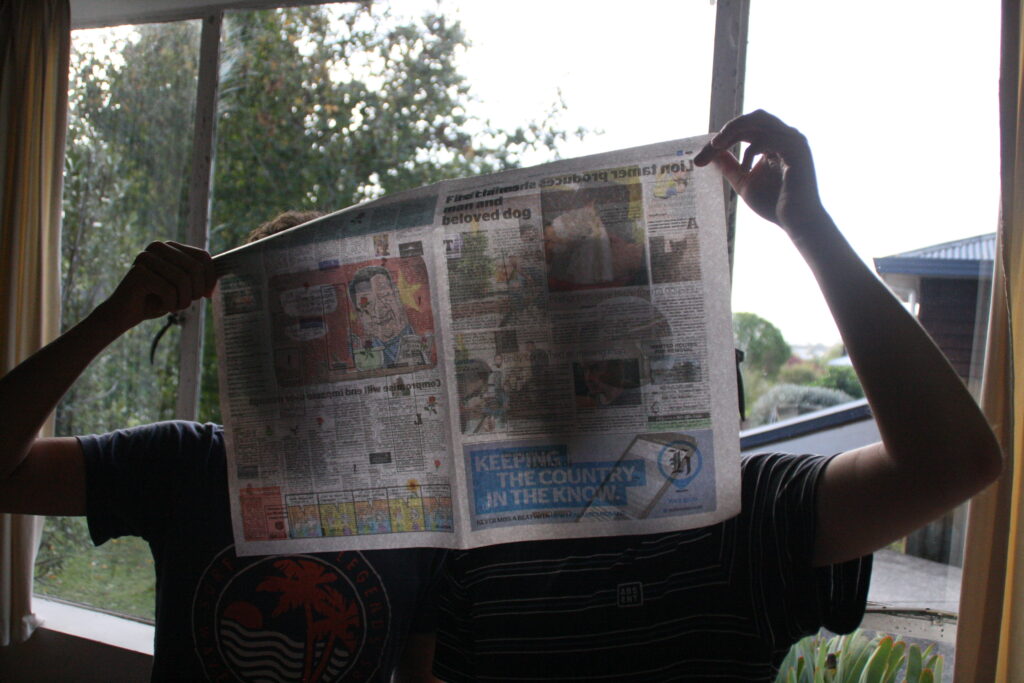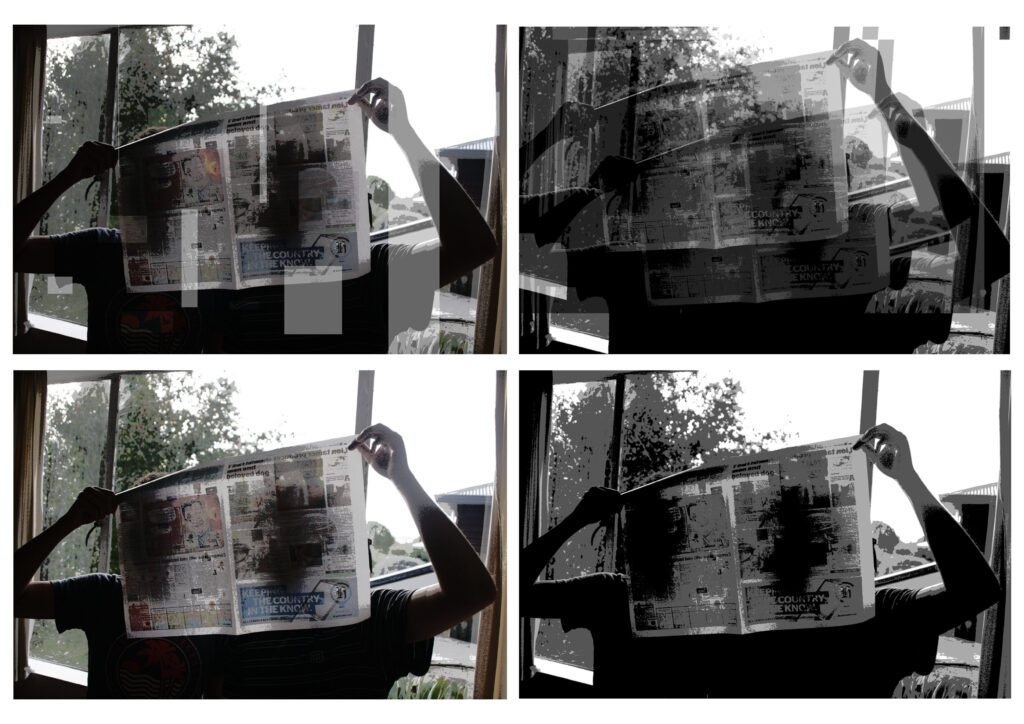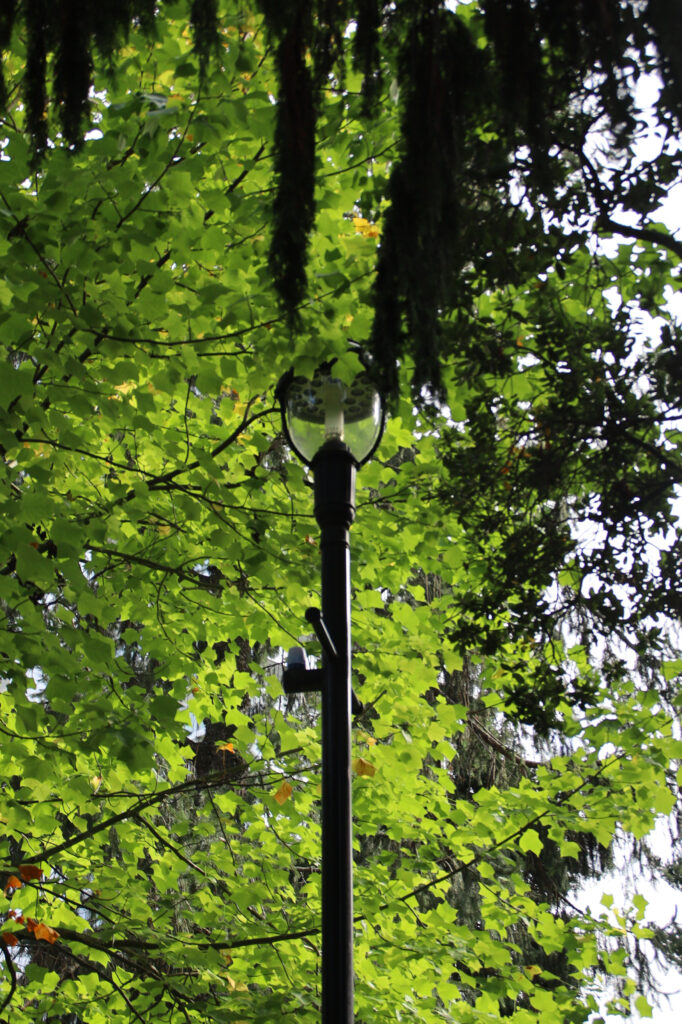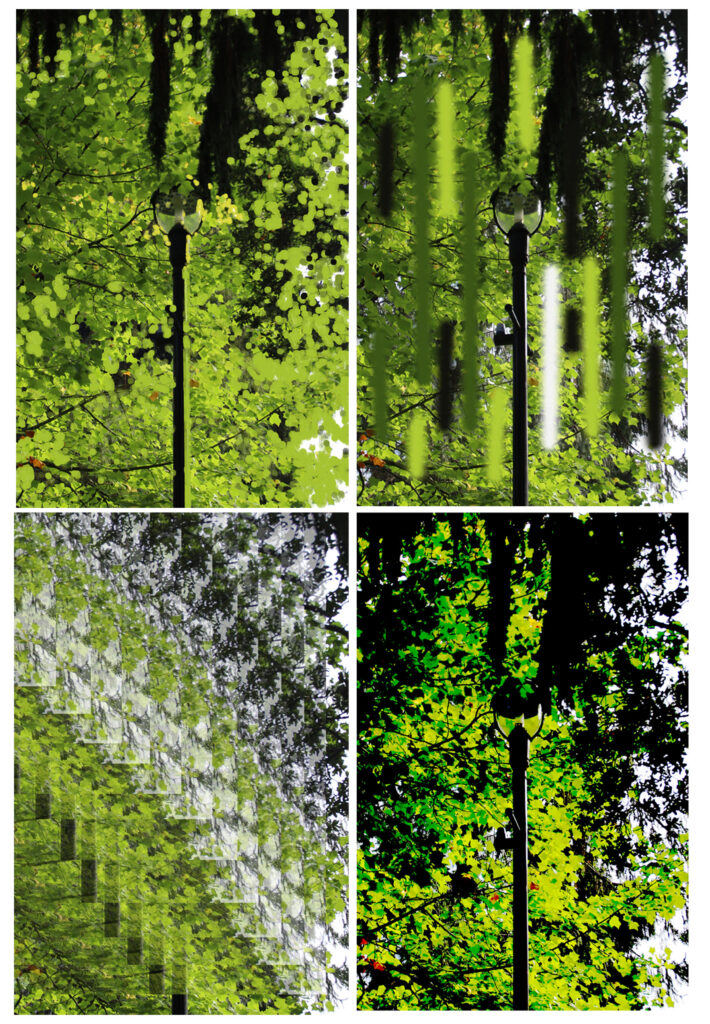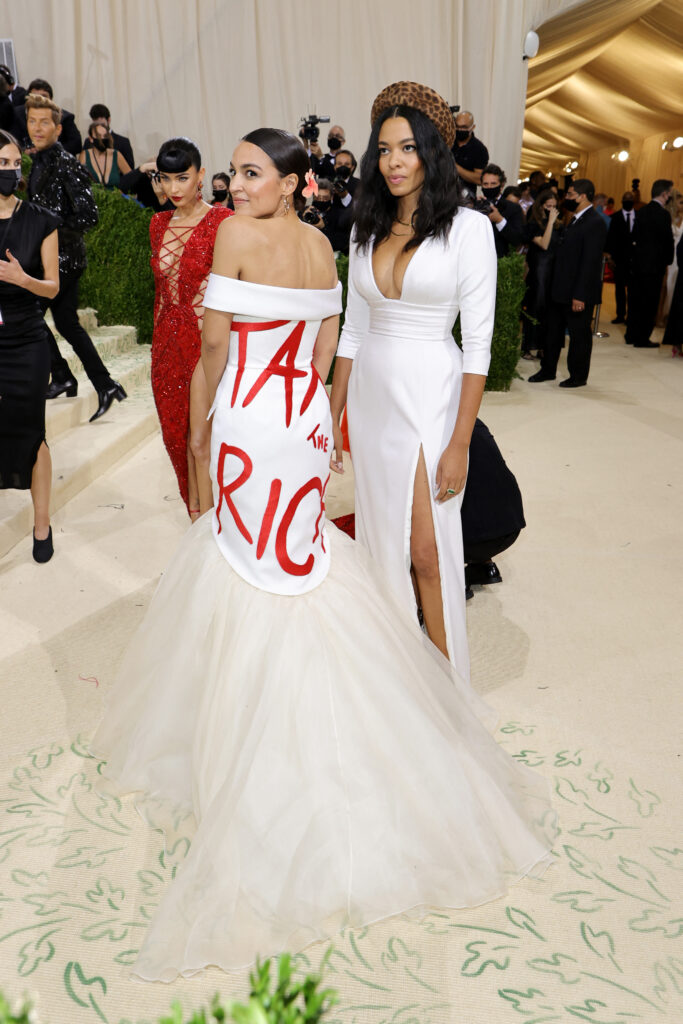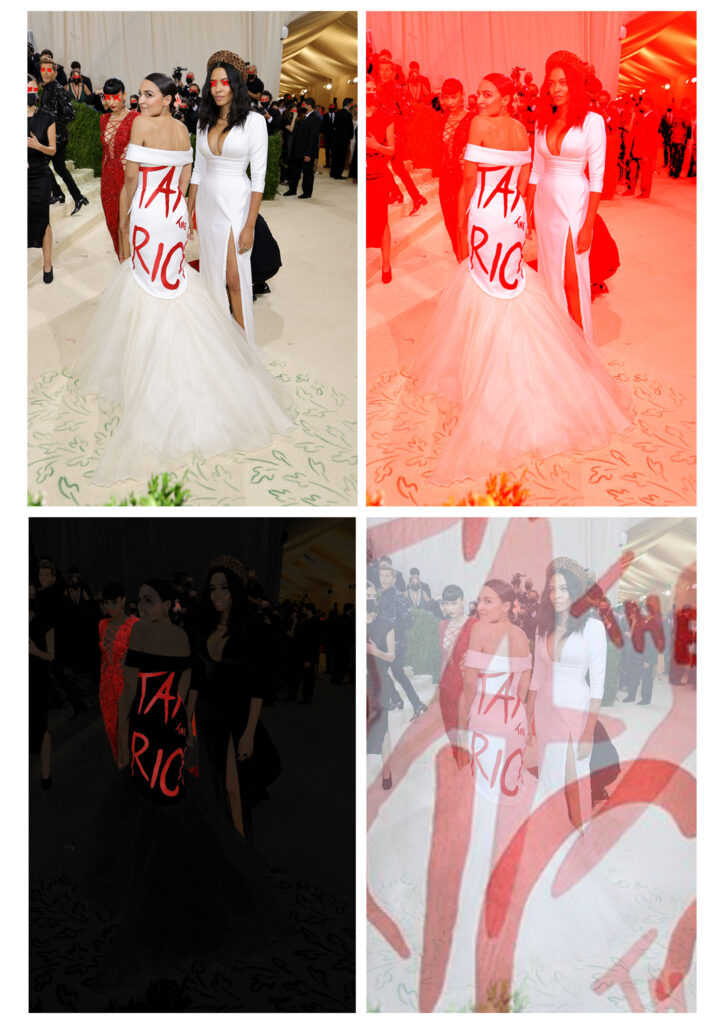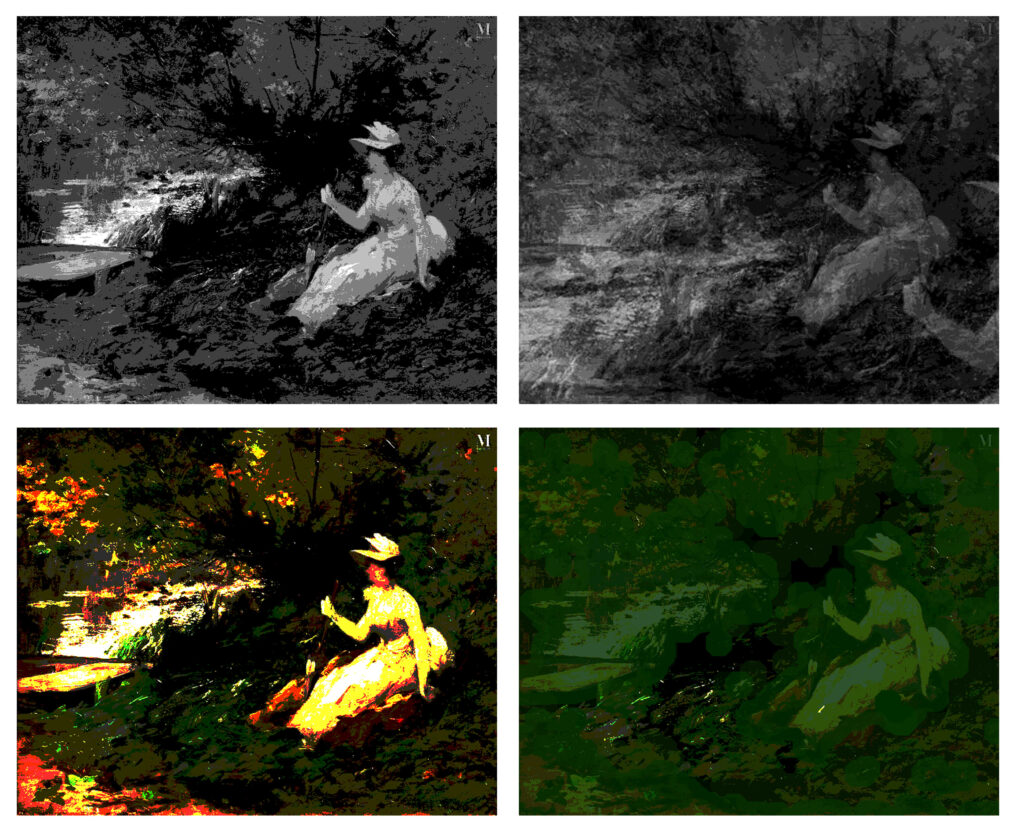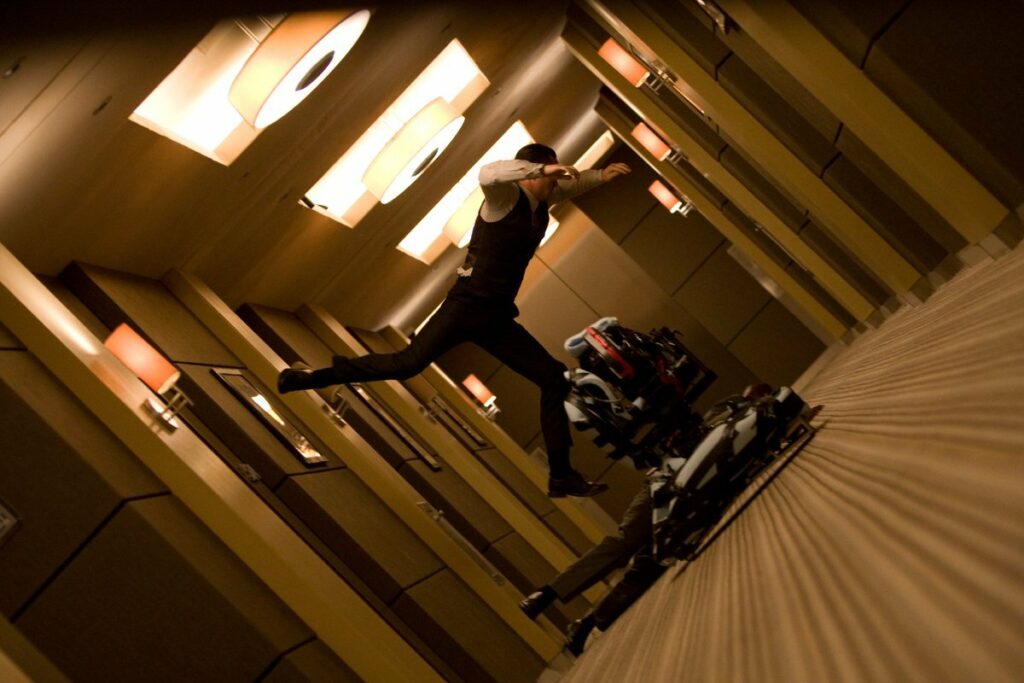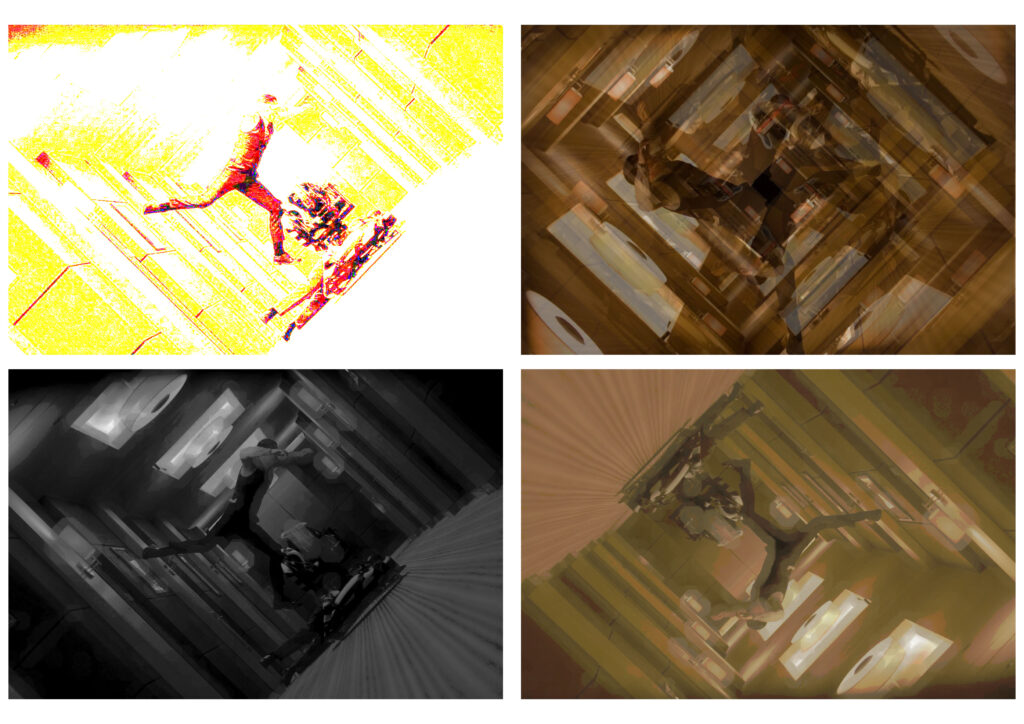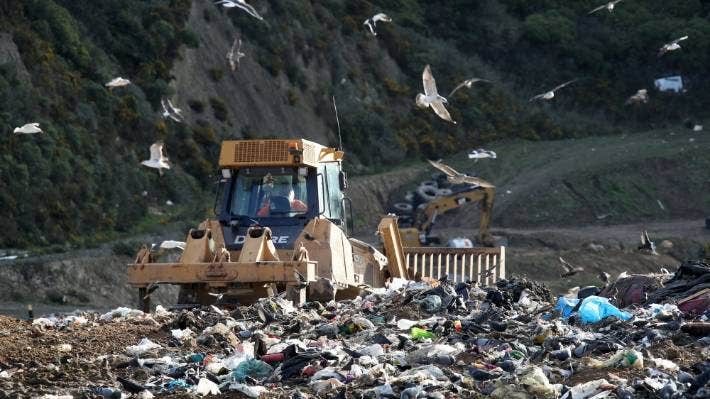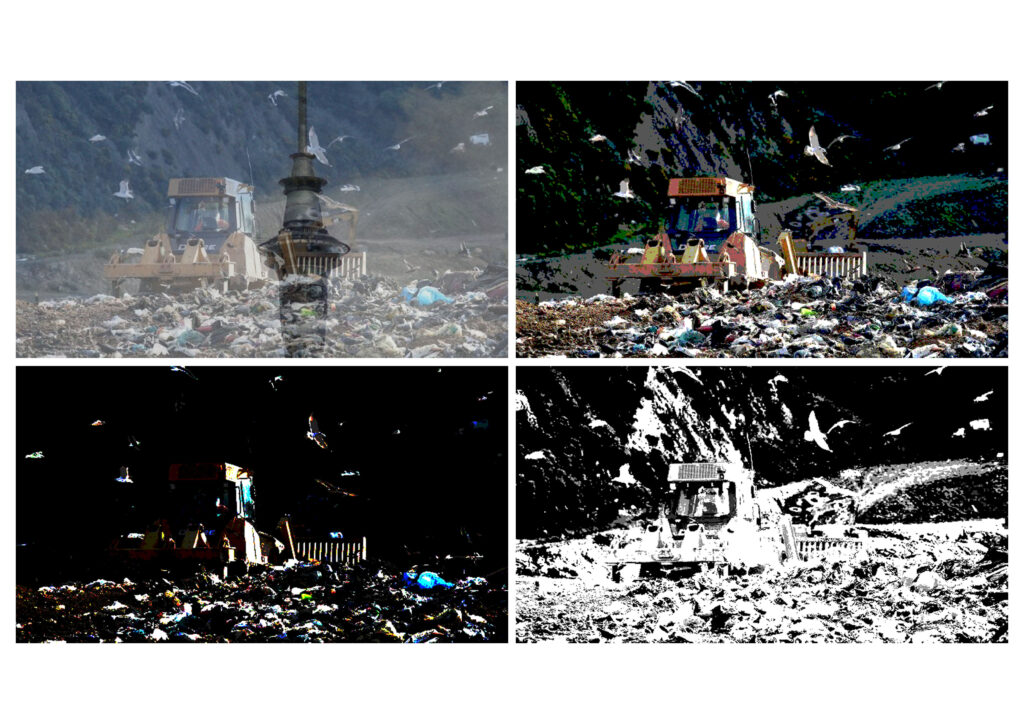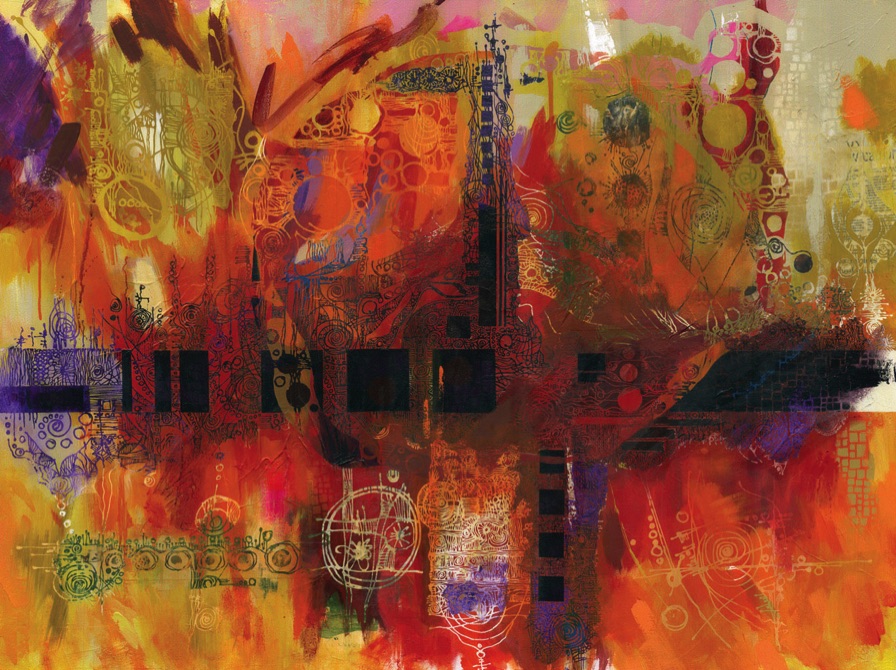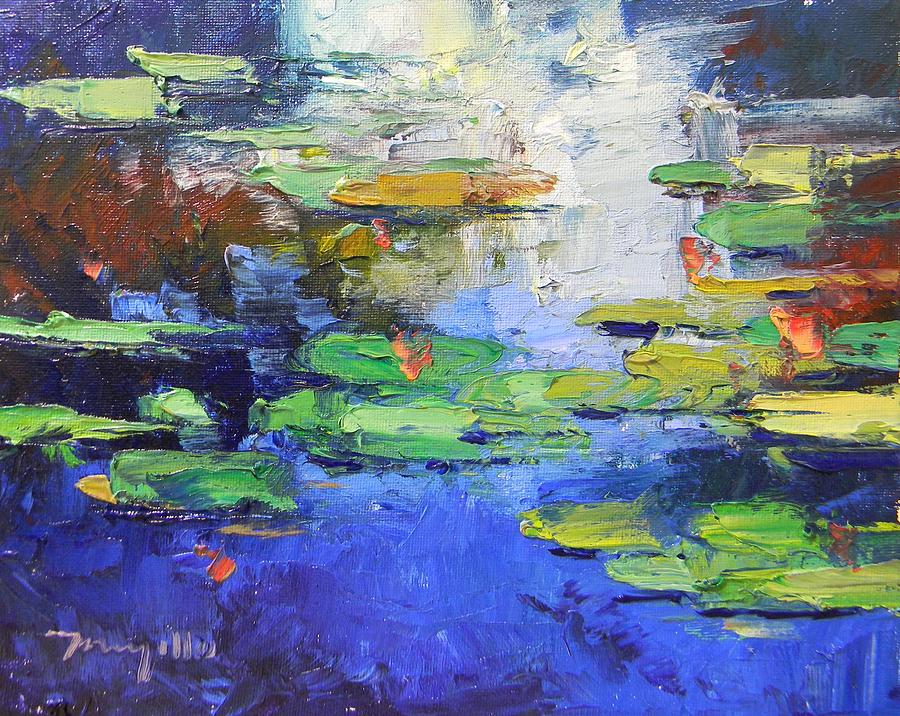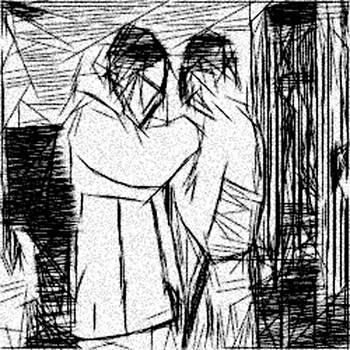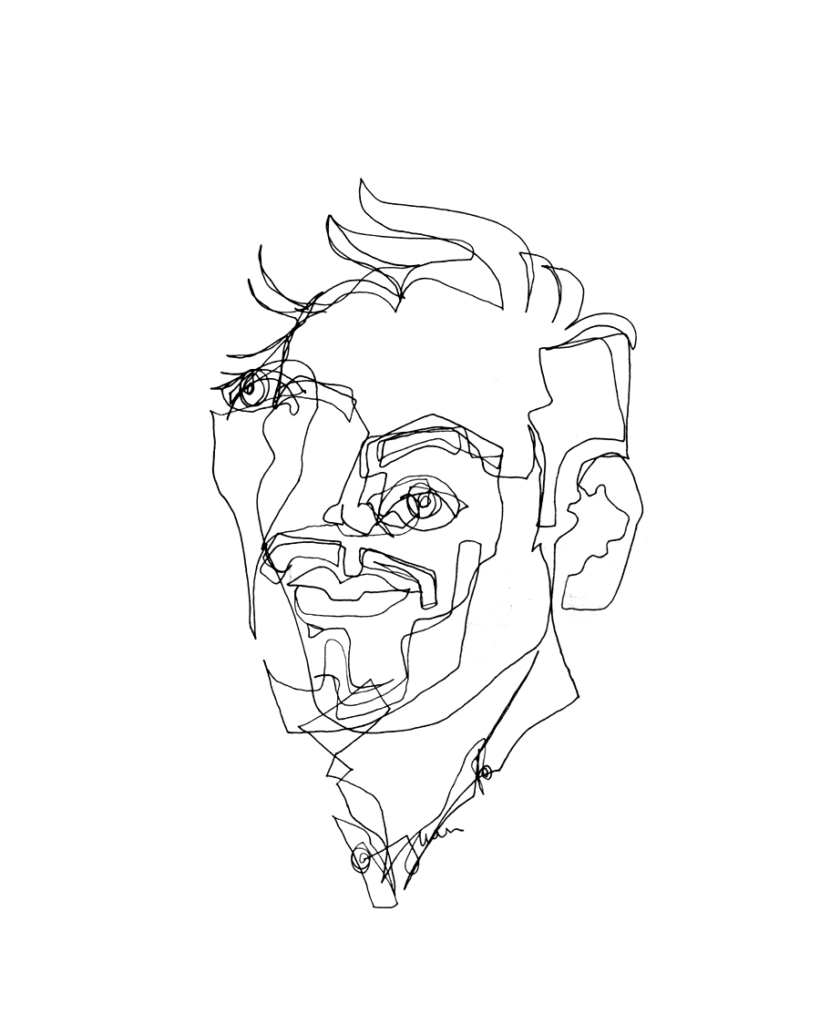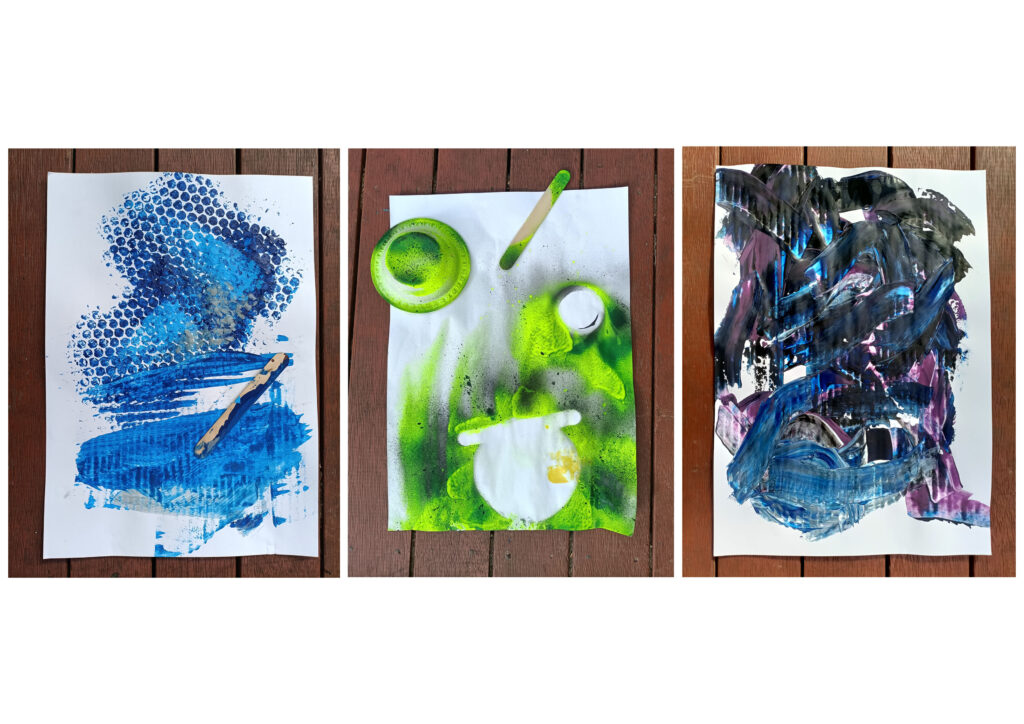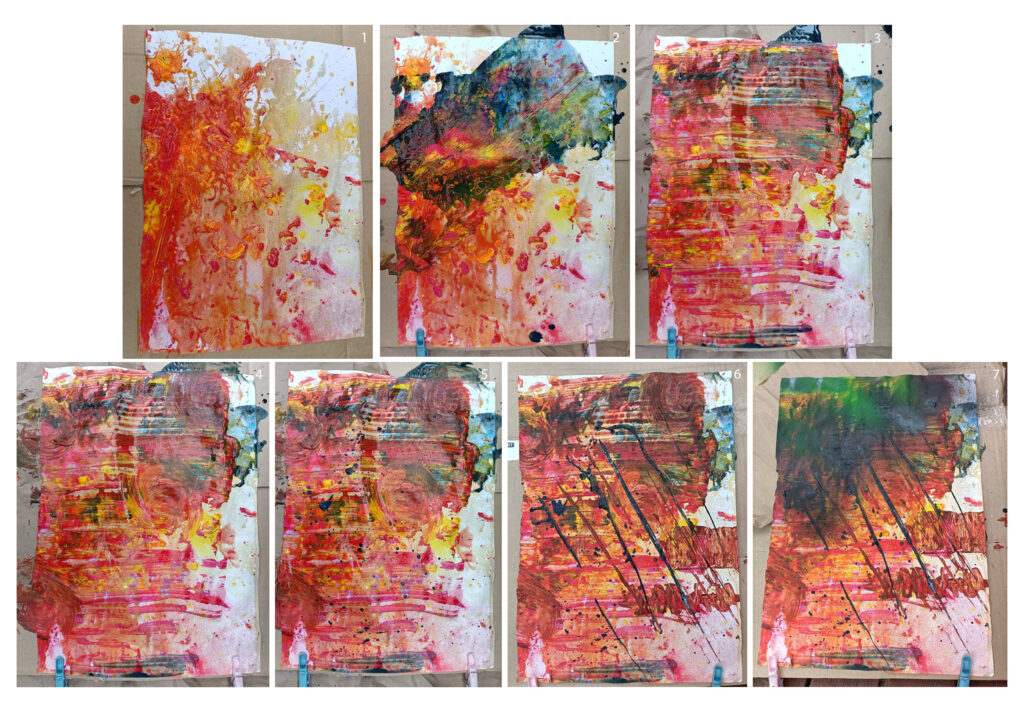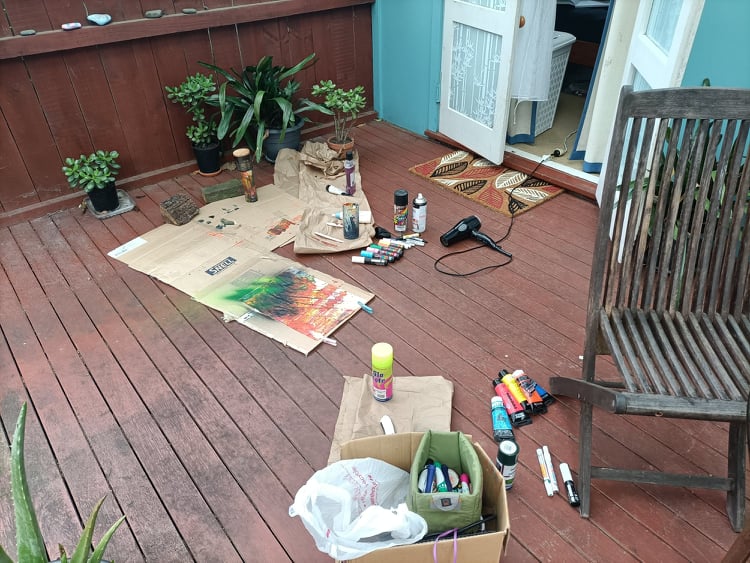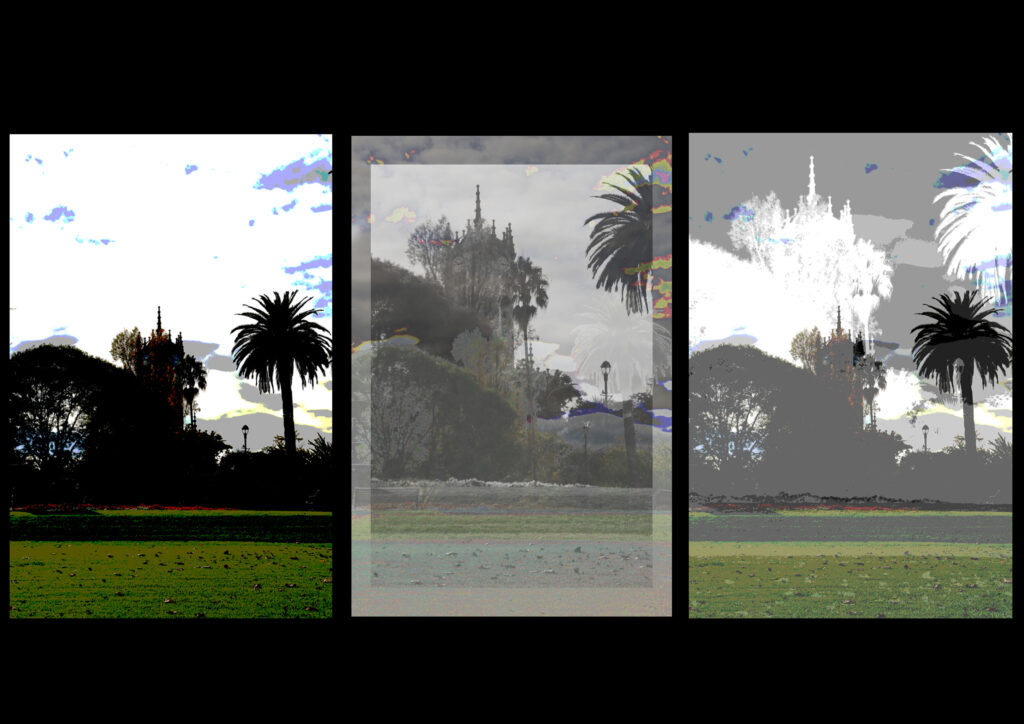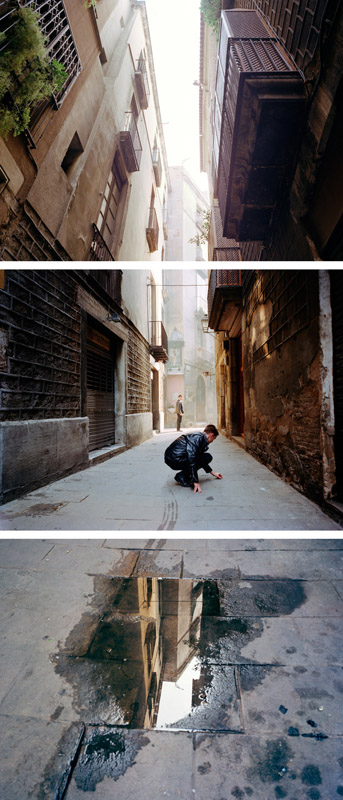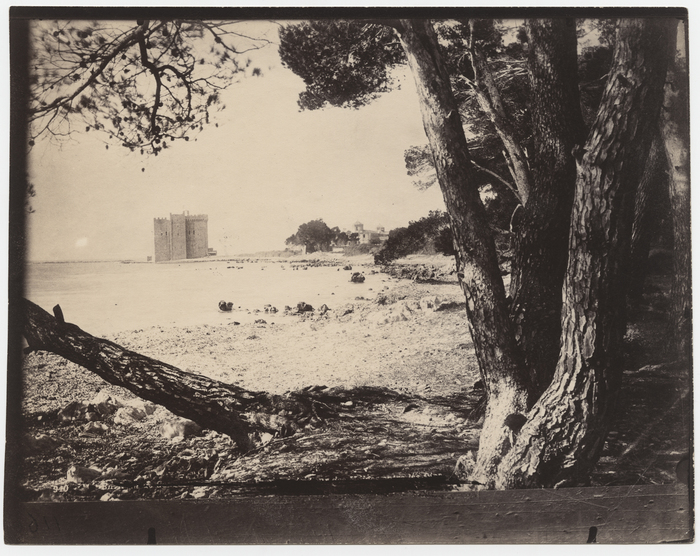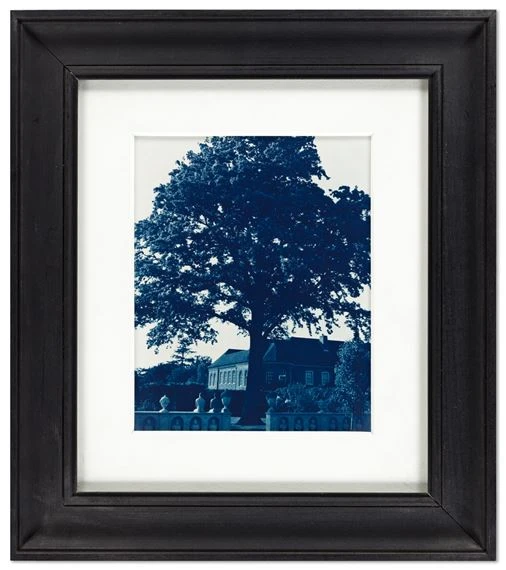18th October
The two works that I chose for my final submission are two of my favourite pieces that I have created over this brief. I also feel that they combine all the weeks works and relate to the brief nicely. They use the processing methods from the first week, drawings from the second and refined methods of layering and painting from the third and fourth.
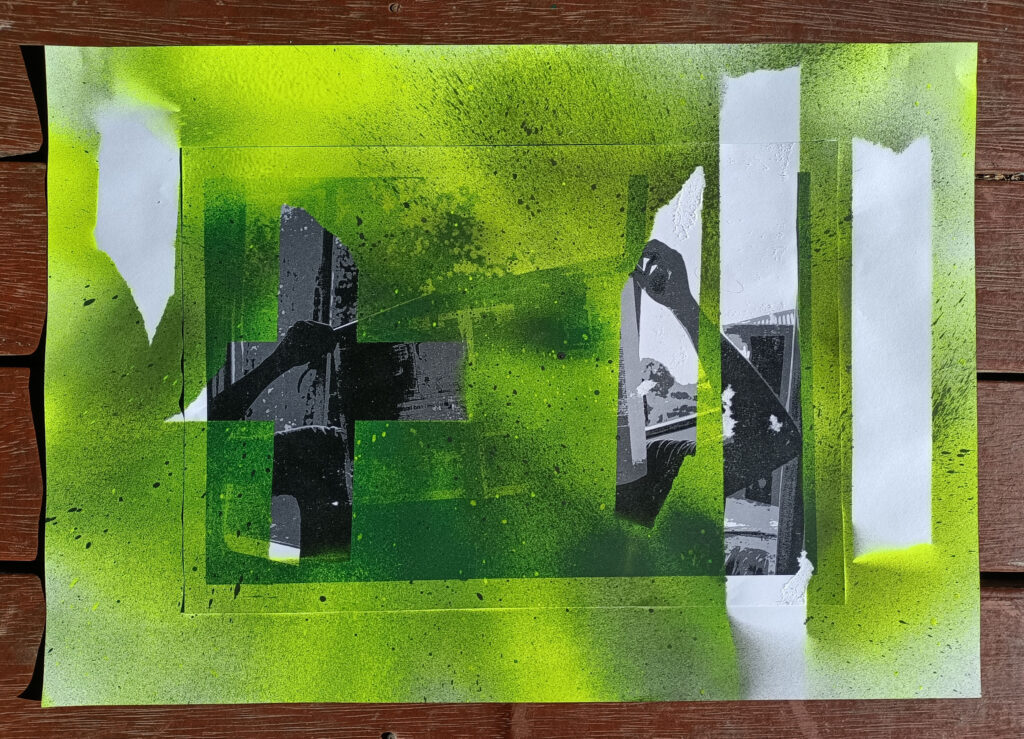
This work I took one of my images that I felt reflected the drawing brief from week 2. This image reflects a heavy black and white way of sketching however I decided to complete this task on photoshop and challenge and further my skills this way. Interpreting the brief differently. I then took this work after printing it out a sticking it to a larger piece of paper to give myself more room to work. I added the spraying and flicking from the first week and refined this skill. I decided to to do a coloured spray, flick and hiding part of the image form the spray to emphasise the layering, contrast and depth in the work and to be able to see this method of working clearly.
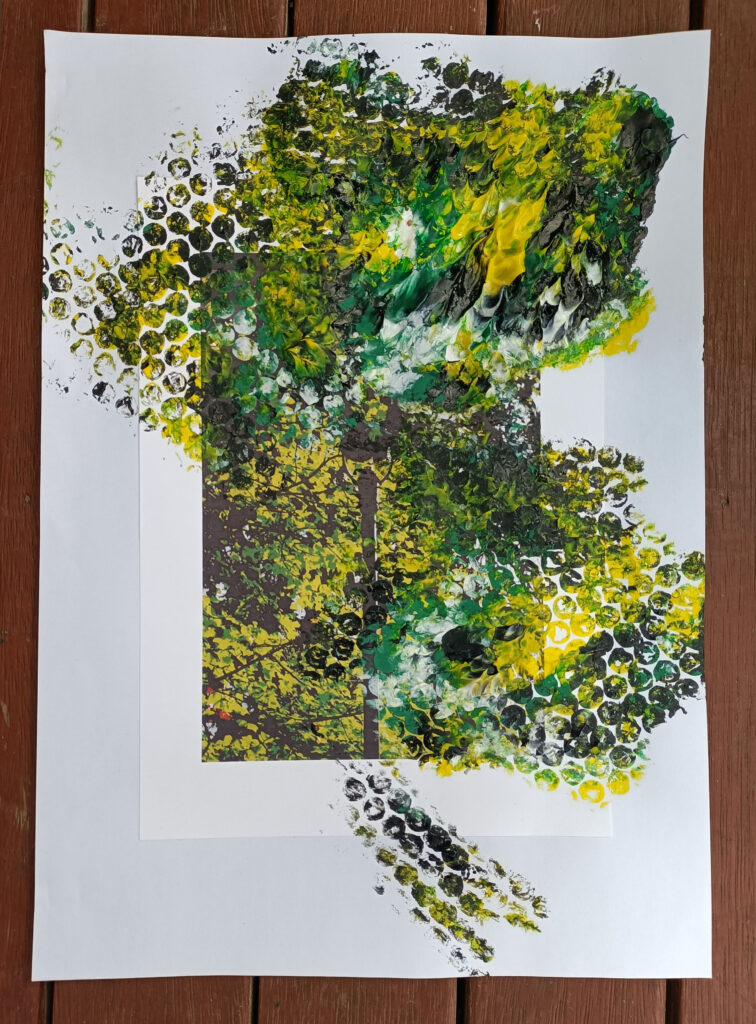
I selected this image which I had drawn out the bleak colours in the image to be vibrant and then printed and added it to a larger piece of paper to give me more room to work. I layered up a piece of bubble wrap with acrylic paint colours that were in the image and placed it carefully on the image a few times. The first time I lifted the bubble wrap away it left a-lot of paint sitting in a group. However, instead to scraping it away I decided to leave it as it gave the work texture and depth. This work doesn’t use some traditional ways of working a interpretation but I am pleased with the out come as I have found my works don’t often reflect traditional ways of working.
Overall I found this brief challenging and gave me the opportunity to work and challenge myself in a different way. Even though I used some familiar tools I used them in a different way to expand my knowledge and fit the brief.

